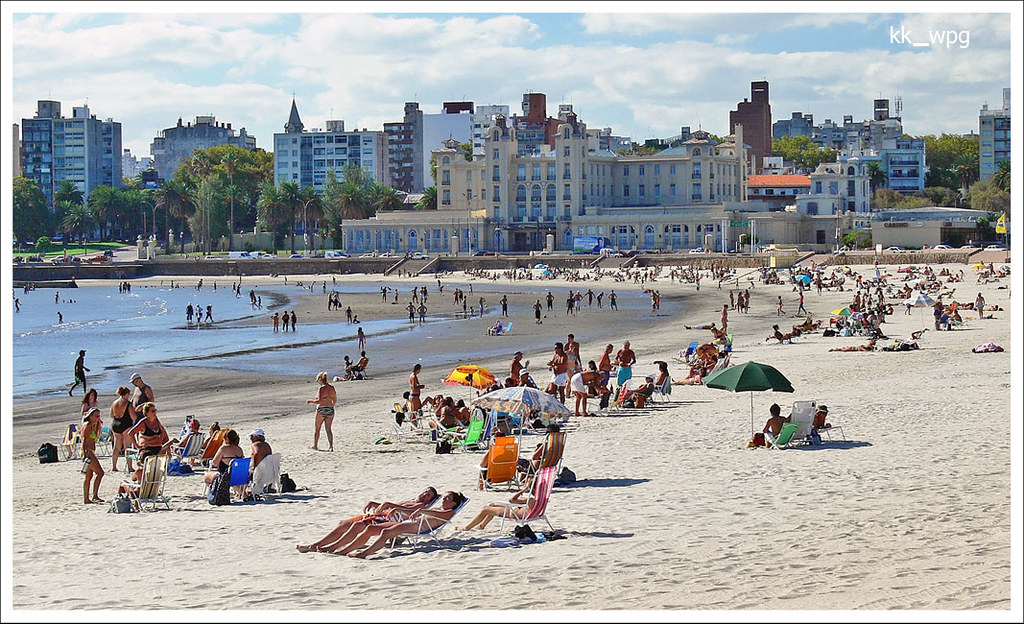Montevideo, located along the Rio de la Plata, boasts approximately 15 kilometers of the 70-kilometer coastline of Uruguay’s capital.
However, these beaches face what’s known as coastal pressure.
On one side, urban, recreational, and industrial growth apply pressure, while on the other, rising sea levels, storms, and waves take their toll.
According to research by the Universidad de la República, this has led to significant sand loss and a decreasing beach area.

Focusing on 1984 to 2019, this study assessed the sand and vegetation areas of 20 Montevideo beaches.
Findings reveal significant reductions in some popular beaches.
For instance, Ramírez beach saw a 31% decrease, and Playa Brava declined by 19%.
However, there were exceptions; some beaches expanded their area during the study period.
Researcher Luis Orlando highlighted urbanization pressure as a contributing factor, pointing to factors such as land use and intensive water catchment area use.
While urbanization is significant, Orlando also mentioned global concerns like sand mining and overfishing.
However, he argued against attributing these coastal changes solely to climate change, emphasizing other human-induced factors, like deforestation and replacing native forests with exotic plants, also play vital roles.
In conclusion, while climate change might be a convenient explanation, other human actions directly within our control significantly impact our coasts.
Recognizing this situation and its urgency is crucial for safeguarding Montevideo’s beaches and the ecosystem services they offer.

